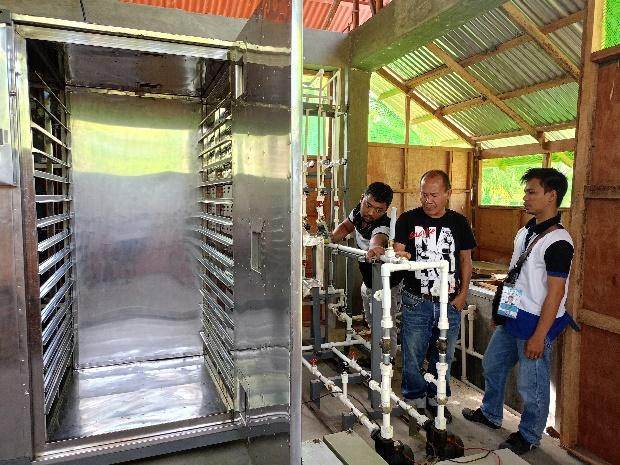The national government plans to establish a pilot thermal drying facility in Naujan, Oriental Mindoro, to transform agriculture using hydrothermal energy from natural hot springs, reports said.
The Department of Science and Technology (DOST) identified high-temperature water sources in Naujan as ideal for replicating innovative agricultural processing technology that uses geothermal energy to dry crops, DOST Secretary Renato Solidum Jr. said.
“We aim to establish a pilot thermal drying facility in Naujan to harness its hydrothermal potential,” Solidum told reporters during the Regional Science and Technology Week at Occidental Mindoro State College.
The Naujan project builds on the success of a groundbreaking Hydrothermal Dehydrator developed by Marinduque-based engineer Lauro Bautista in partnership with DOST.
The technology captured first place in the 2025 Regional Grassroots Innovation competition for its circular economy approach.
The system channels hot water from natural springs through copper tubes while fans circulate heated air to dry agricultural products, producing higher-quality crops that command premium market prices compared to traditional sun-drying methods.
“The system siphons hot water into a tank, passing it through copper tubes. A fan then circulates the heated air inside the dehydrator to dry products,” explained Joseph Manaog, a Science Research Specialist from DOST Marinduque.
The technology has proven particularly effective for drying copra, the dried coconut meat used in oil production, creating cleaner products that fetch better prices for farmers.
DOST is currently mapping hydrothermal energy sources across the MIMAROPA region.
The program targets rural areas where agriculture drives local economies but farmers often lack access to modern processing equipment.
MIMAROPA, rich in natural resources but with limited industrial infrastructure, represents an ideal testing ground for sustainable agricultural innovation.
The Philippines, known for abundant geothermal resources, ranks as the world’s third-largest geothermal energy producer.
DOST officials said the Naujan facility could serve as a model for similar projects across the country where thousands of hot springs remain untapped for agricultural applications.
The department plans to begin site preparation in Naujan within the coming months, with the pilot facility expected to become operational by early 2026.
Photo of dehydrator in Marinduque : courtesy of DOST Mimaropa









Write Your Comment